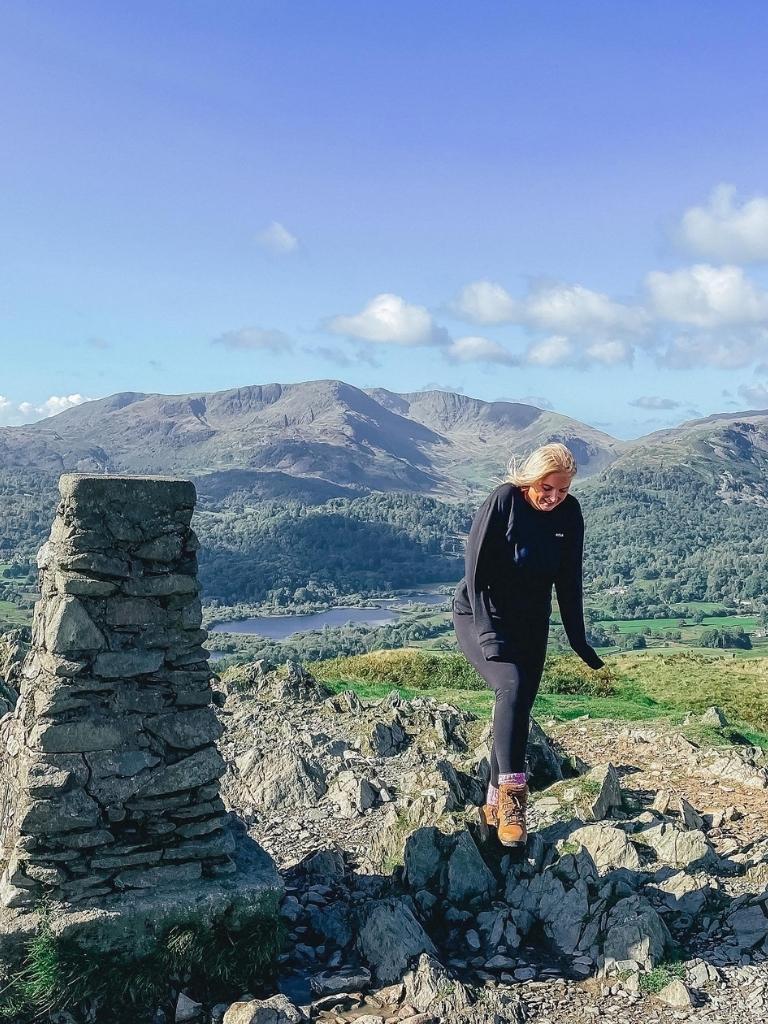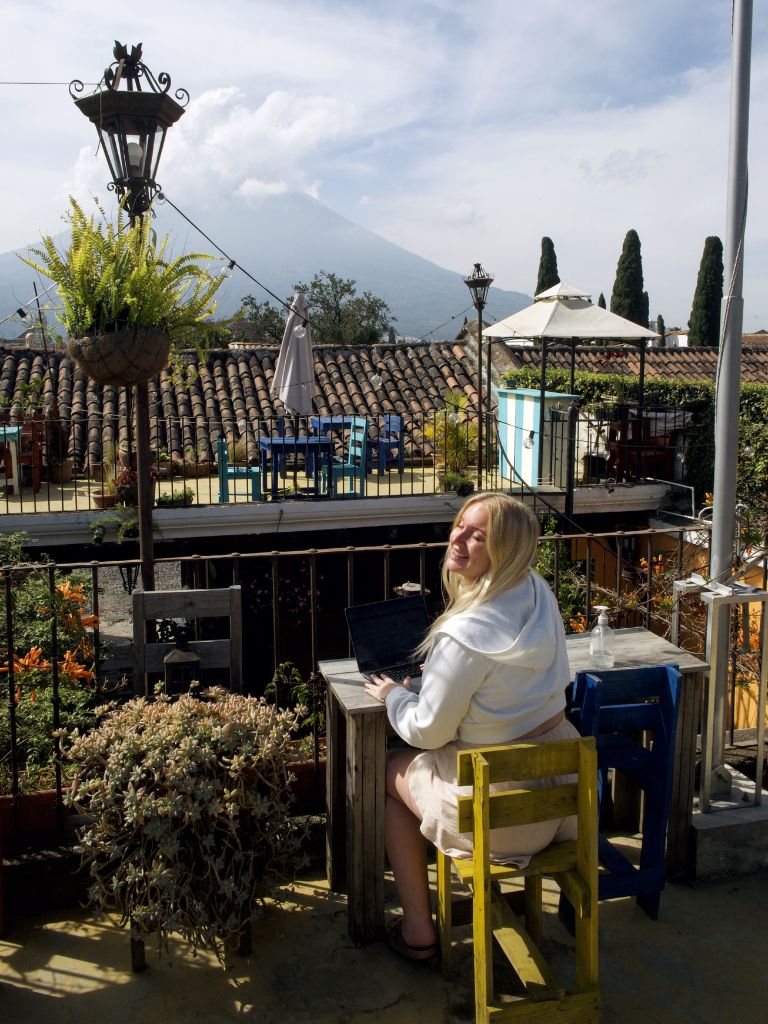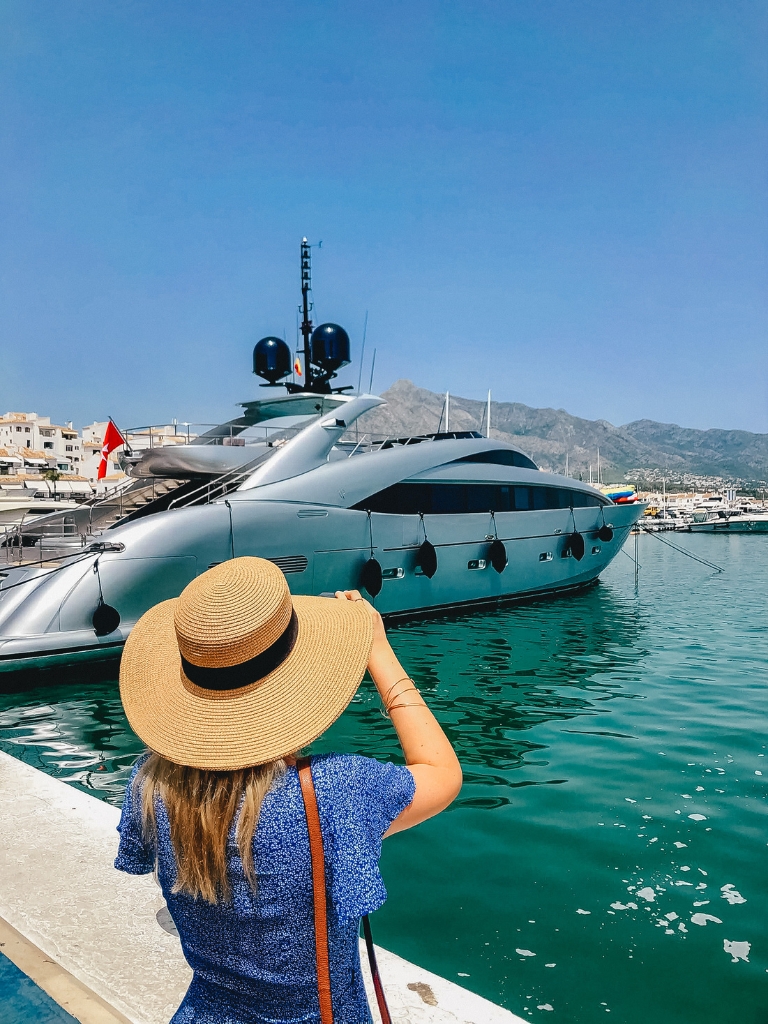Best Time To Go Interrailing in Europe: Complete 2023 Guide
Some links in this post contain affiliate links. I receive a small commission if you use the links at no extra cost to you! Happy reading 😀
Looking for the best time of year to interrail Europe? You’re in the right place! Europe is a continent of diversity, and the weather is no exception. From stifling hot summers to 2m thick snow in winter, when you choose to go interrailing in Europe will mainly depend on the weather you would like to experience.
Then there’s the diversity of countries – just where would you like to interrail in Europe? In general, summer in Europe is between June-August, but some countries get a lot hotter than others.
In this post, we discuss the best countries to visit at each time of the year, so that you can interrail Europe at the best time for you!
So, when is the best time to go interrailing in Europe? Let’s get started!
🚝 Need to buy your interrailing pass? I recommend checking this website for the best discounts and deals!
Other interrailing Europe posts:
- Best Backpack For Interrailing: Ultimate Europe Backpack Guide
- Going Interrailing Alone: Interrailing Solo Tips
- Interrailing Italy: Ultimate Guide and Route
- What To Pack Interrailing Europe: Packing List Essentials
- Best Hostel In Copenhagen: Steel House Review
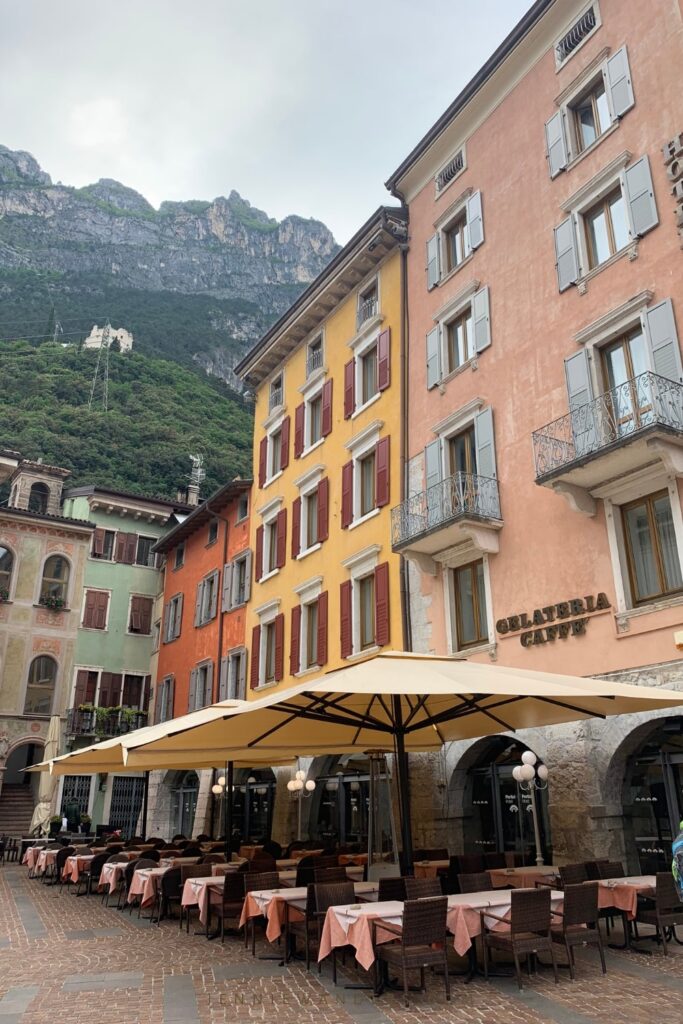
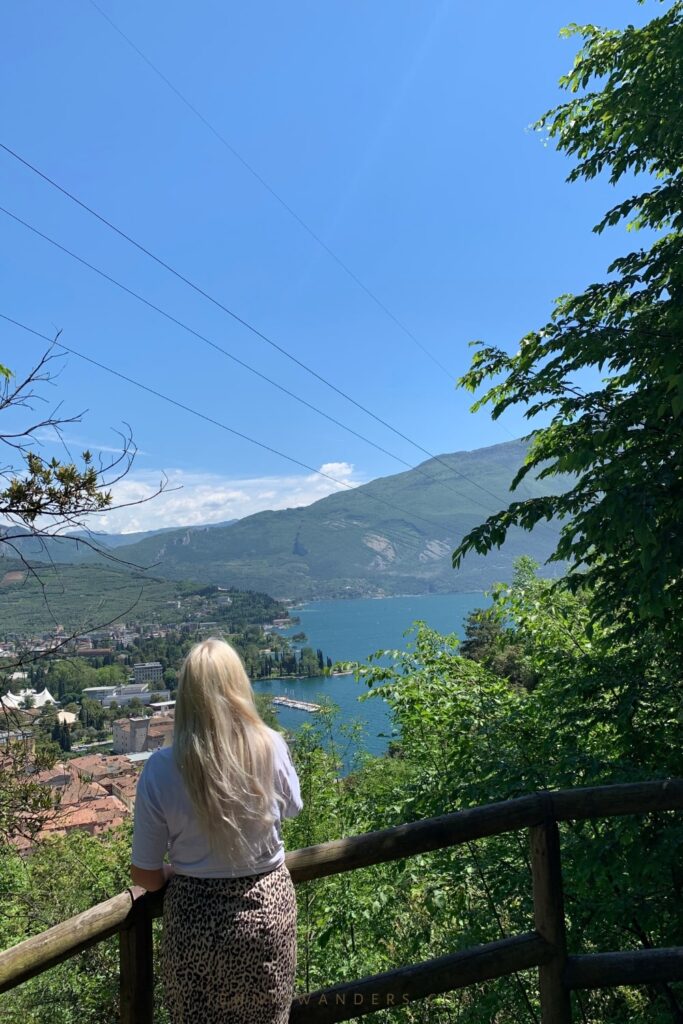
The Best Time To Go Interrailing: A Summary
The most popular time to interrail Europe is in summer. This is between June – August, and sometimes, even September (as our months seem to be getting increasingly hotter). In general, most backpackers and tourists will interrail during summer, but unfortunately, this is the most expensive and chaotic time to visit Europe!
So, if you’re looking to save some pennies, you may want to interrail outside of the European summer. Bear in mind that you can take an interrailing trip at any time of year – even in the cold, winter months. So, let’s look at the best times to go interrailing depending on the area in Europe and the season.
➡ BUY YOUR INTERRAILING PASS NOW!
Best overall time to go interrailing: Autumn (September, October)
WHY? Prices in Europe are cheaper and temperatures are cooler. You’ll avoid some of the chaotic crowds August in Europe brings, and if you’re booking accommodation in Europe, hotels and hostels will be at a lower price than in the peak summer months.
Best time to interrail Western Europe: August + September
WHY? Western Europe includes popular countries like France, Spain and Italy. There is nothing quite like being in Western Europe in the summer; as the temperatures are high and the atmosphere is unlike no other. If you’re only visiting countries in Western Europe, August is a great time to travel.
Best time to interrail Eastern Europe: July + August
WHY? Eastern Europe (countries like Poland, Czech Republic and Bulgaria) are the cheapest countries to interrail. So take advantage of this and interrail during their hottest months; July and August.
Best time to interrail Scandanavia: Winter (December, January, February)
WHY? Whilst it may be expensive, Scandinavia in winter is picture-perfect. Expect heavy snow and a high chance of seeing the northern lights. If you want a white Christmas, interrailing Scadanavia during winter is a once-in-a-lifetime experience.
Best time to interrail on a budget: Autumn or Spring (shoulder seasons)
WHY? Shoulder seasons in Europe are the cheapest times to travel. The few months before summer (April-May) and before winter and Christmas (September-November) are the best times to get budget deals when interrailing Europe.
Best time to interrail for outdoor activities: Spring or Autumn (shoulder seasons)
WHY? If you’d like to do a lot of hiking whilst interrailing Europe, book your trip for either spring or autumn. This means temperatures will be lower, and you can see the flowers coming into bloom in the mountains during the spring months. Spring is a special time to be in Europe.

When is the best time to visit Europe?
Europe is a diverse continent, and the answer to this question will depend on what kind of trip you would like. If you’d like a European summer, with time spent on the beach eating gelato and drinking Aperol Spritz, you are best to visit Europe in July and August. However, this is going to be the most expensive time to travel!
Or you may want to experience a European winter. Visiting countries like Finland and Norway during the winter months is an experience like no other – as you can walk in 2-3m thick snow, visit Santa Claus in Lapland and be pulled on a husky sleigh through the Scandinavian forest. Again, winter in Europe is an expensive time to travel, so you will need to budget accordingly.
If you’re looking to visit Europe on a budget, travel during the shoulder seasons. This is both spring and autumn in Europe. There are fewer crowds, and the temperatures are cooler than in peak August. It should be quieter in terms of tourists, and prices for accommodation will be cheaper.
➡ BUY YOUR INTERRAILING PASS NOW!
What is interrailing?
Interrailing is a great way to see Europe on a budget. Interrail passes are available for people of all ages, and they allow you to travel on any day of the week. You can also travel on multiple trains per day, making it easy to explore different countries and cities all in one single trip.
Interrail passes are valid for a certain number of days, so you can tailor your trip to your own needs. Plus, if you’re under 27 years old or under, you can get a special Youth Interrail pass that’s even cheaper!
Global passes for interrailing are the best way to see Europe – and they’re not as complicated or expensive as you might think. With a global pass, you can hop on a train and explore up to 33 different countries in Europe. There are different types of global passes to choose from, so you can tailor your trip to exactly what you want.
Whether you’re looking to backpack Europe for a week or a month, interrailing is a great option. Just be sure to check the rules and regulations before you go so that you can make the most of your trip.
Not sure whether the interrailing pass is worth it? Check out my detailed guide on interrailing passes here.

Best hostels whilst interrailing Europe
One of my best interrail tips is to at least book your first hostel in advance. During the summer months, hostels in Europe will be fully booked. It will be tough finding a good hostel last minute.
Use Hostelworld to pre-book any hostels. They have excellent cancellation policies and you can usually get your money back right up until 24 hours before staying, so if you have any last-minute changes, you have that flexibility.
Whilst I can’t list every single hostel in Europe, these are some of the best, well-known hostels to stay in whilst interrailing. Simply click the link to check prices and availability!
- 🇫🇷 Paris: Generator Paris or The People
- 🇭🇺 Budapest: Maverick City Lodge
- 🇳🇱 Amsterdam: Ecomama
- 🇩🇪 Berlin: The Circus Hostel
- 🇵🇹 Lisbon: Home Lisbon
- 🇦🇹 Vienna: Hostel Ruthensteiner
- 🇪🇸 Madrid: Sungate One
- 🇮🇪 Dublin: Gardiner House
➡ Check out other European hostels here.
Weather and seasons in Europe
The weather in Europe is diverse, and it can be snowing in one country whilst it’s sunny in the next. However, as a general rule of thumb;
❄️ Winter in Europe is from November to February,
🌸 Spring is from March to May,
☀️ Summer is from June to August,
🍁 and Autumn is from September to October.
The temperatures in each country through the seasons can be extremely different. For example, a summers day in the United Kingdom may average at 25°C/77°F, but in Turkey, it may average 40°C/104°C on the exact same day. When planning your trip to Europe, be sure to check the exact countries you are visiting to know what the weather and daily temperatures will be like.
Remember, there are 44 countries in Europe, they’re not all going to be the same! Some are much milder, some have more rain, and some are exceptionally dry and sunny – you will need to do individual research per each country when planning your trip.

Best time to go interrailing: FAQs
1) How long should you go interrailing for?
If you are interrailing just one or two countries, two weeks interrailing Europe is a good amount of time. If you would like to explore three or more countries in Europe, budget a trip that is at least 3-4 weeks long. Any less, and you will find yourself rushing from country to country, spending a lot of time on trains and not enjoying what the countries actually have to offer!
2) How much does interrailing cost per month?
This depends on what kind of traveller you are, but there are ways to interrail on a budget. If you are staying in shared dorms and staying in hostels, cooking your own food and limiting the amount of paid activities you do, you can interrail for less.
Staying in private rooms and eating in restaurants is going to be expensive, and you will need to budget a larger amount to travel in this way. Unfortunately, interrailing at any time of year, in any kind of way, is expensive.
3) What is the 7 pm rule for interrailing?
The 7 pm rule for interrailing no longer exists. As long as you book seat reservations for your overnight trains, you can use your interrailing pass at any time of the day and class it as ‘one travel day’. The old 7 pm rule stated you only needed to class your train journey as ‘one day’ if you travel overnight.
4) What is the best month to go to Europe?
In general, the best time to visit Europe is during the summer months. Whilst prices might be higher, there is nothing that compares to a European summer. However, if your budget does not allow it, shoulder seasons (spring and autumn) are a great time to see Europe at a slightly discounted price, with fewer tourists.
If your budget allows, Europe at Christmas is magical. From the decorated streets of London to the snowy winter wonderland in Lapland, it’s one of the most expensive times to visit Europe, but also one of the best.
➡ BUY YOUR INTERRAILING PASS NOW!
5) What is the cheapest time to go to Europe?
Shoulder seasons (spring and autumn) will have slightly discounted prices for tourists. However, as Europe is becoming an increasingly popular continent for tourists to visit, some prices will be similar to the summer months.
6) What is the tourist season in Europe?
The busiest and peak time in Europe for tourists is summer (June – August). During this time in Europe, you can expect busy, bustling crowds, expensive prices and chaotic tourist attractions.
➡ BUY YOUR INTERRAILING PASS NOW!
7) Do I need a SIM card to interrail Europe?
Yes, it’s worth downloading an eSIM on your phone to ensure you can use it for directions and avoid roaming charges as soon as you arrive.
ESIMs are easy to download and ready to use within a few minutes of purchasing! Plus, there are eSIMs available for the entire continent of Europe, so there’s no longer a need to hunt down free Wifi! ➡ You can check out the prices and packages for eSIMs here!
8) What tours should I do whilst interrailing Europe?
Looking to book a tour whilst interrailing Europe? Tours are one of the best ways to see the hidden gems of the country you are visiting. If you’re travelling during peak season, I highly recommend pre-booking your tours to ensure you don’t miss out!
When travelling, we use this company to book our tours. Tours include skip-the-line tickets to the world’s most iconic attractions, walking tours by top local experts, immersive food and beverage tours, cooking and craft classes, bucket list experiences, and niche offerings you won’t find anywhere else!
➡ You can check out available tours in Europe with prices here!
9) Do I need a car to interrail Europe?
The whole point of interrailing is to travel Europe by train, so it’s unlikely you will need to hire a car. However, if you head to the Italian countryside, or want to take a day trip, you may want to hire a car; especially if a group of you have got together in a hostel and want to travel together.
If you’re looking to hire a car in Europe, we rent our cars from this company. They’re reliable, cheap and have car rentals all over the world! ➡ You can check out the prices for car hire in Europe now!
The Best Time To Go Interrailing: In a Nutshell
So, there you have it! Everything you need to know about the best time to go interrailing. When you’re planning a trip to interrail Europe make sure you let me know over on Instagram or in the comments below!
If you haven’t seen my blog before, I write posts aimed at first-time backpackers on a budget. I’m currently travelling around the world with my boyfriend (read more here!), creating guides and itineraries for you to follow in our footsteps!
Keep an eye out for more interrailing content, all written from a personal and realistic point of view. You can sign up for my newsletter and juicy travel updates here!
As always, thanks for reading and supporting the blog!
Happy travelling 🙂
Jennie x
LIKE THIS POST? PIN IT!
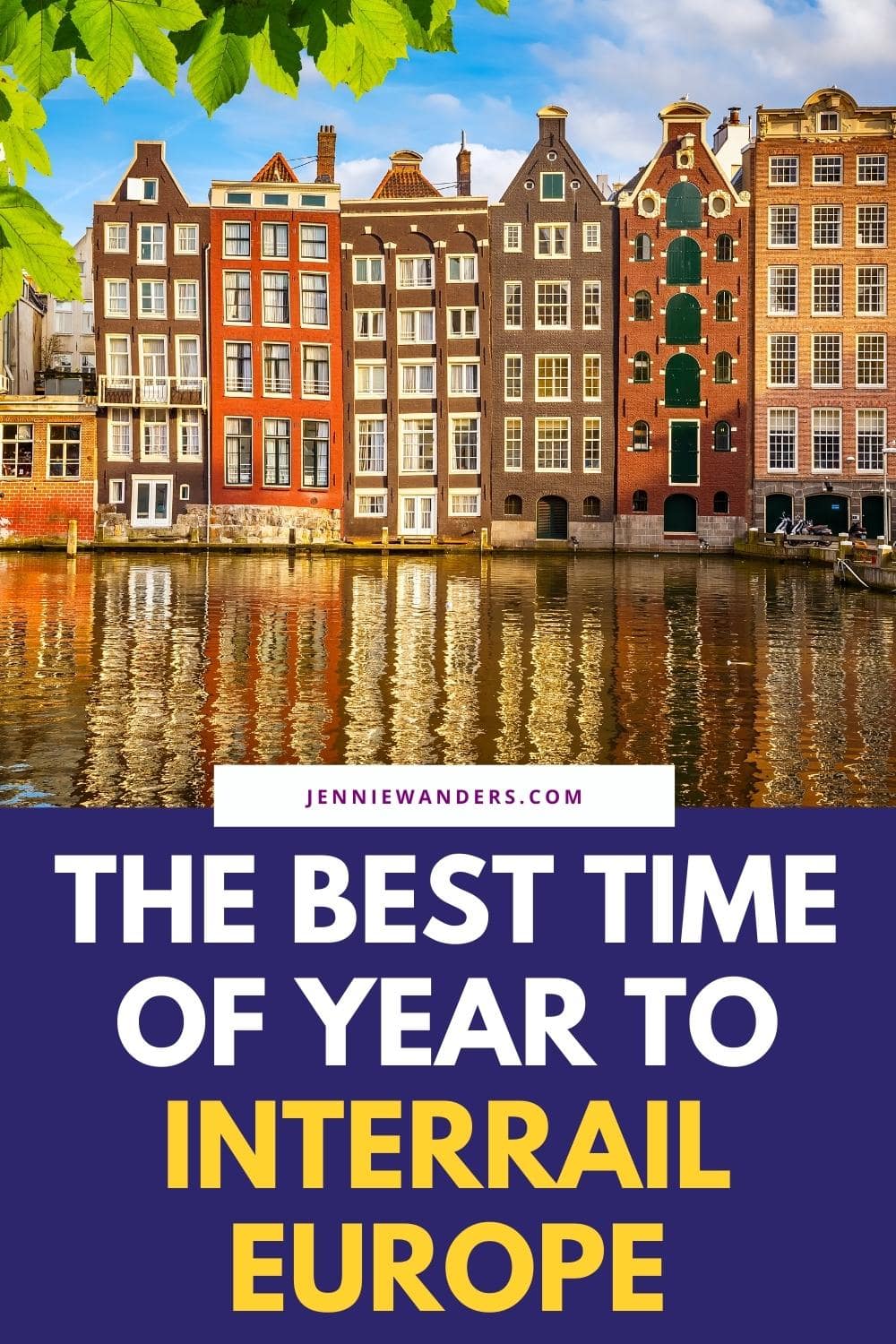

MEET THE AUTHOR!

Hi! I'm Jennie! As a part-time travel blogger based in London, I'm using my 10+ years of travel expertise to encourage & inspire you to step out of your comfort zone through sustainable, mindful and purposeful travel.
If I'm not writing, I'm either reading, drinking coffee or taking a wild swim (all at the same time if I'm feeling impressive).


